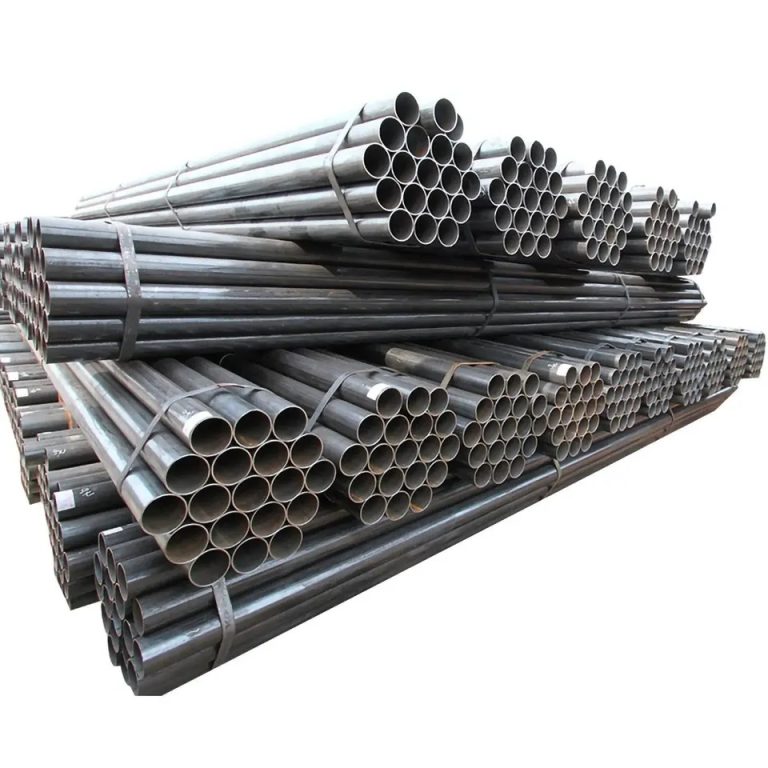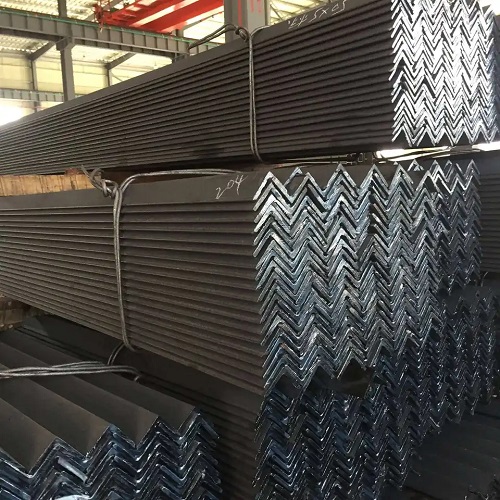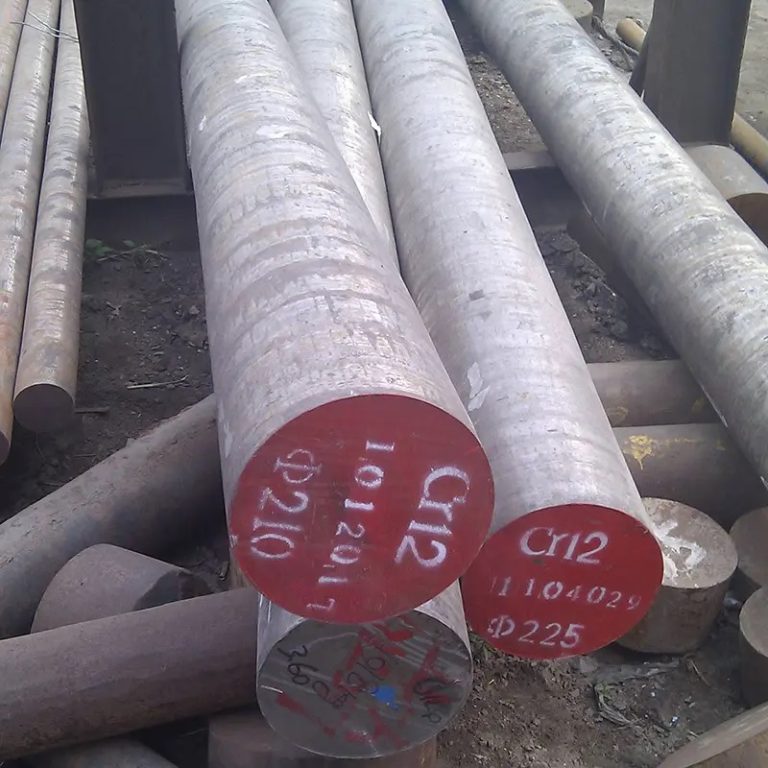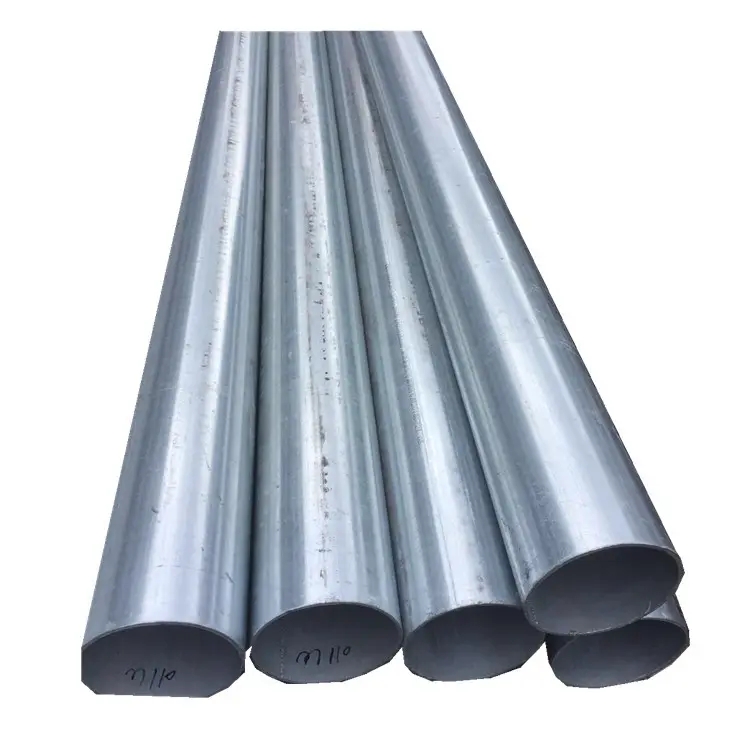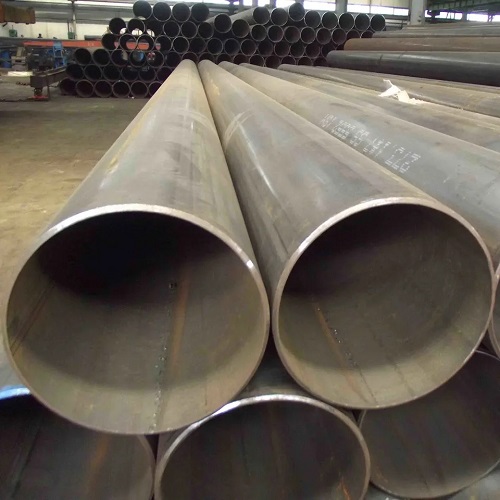Aluminum foil can be divided into the following categories according to different uses and production processes:
Classification by thickness:
Thick foil: Aluminum foil with a thickness of 0.1~0.2 mm.
Single zero foil: Aluminum foil with a thickness of more than 0.01 mm and less than 0.1 mm.
Double zero foil: Aluminum foil with a thickness between 0.005~0.009 mm, usually 00 is used to indicate the thickness, such as 0.006 mm is called “006 foil”.
Classification by form:
Single-sided smooth aluminum foil: Only one side is smoothed during the production process, and the other side remains original.
Double-sided smooth aluminum foil: Both sides are smoothed during the production process.
Classification by state:
Hard aluminum foil: Not softened and not annealed.
Semi-hard aluminum foil: Partially annealed, but not completely softened.
Soft aluminum foil: Completely annealed, soft texture, suitable for a variety of uses.
Classification by use:
Packaging aluminum foil: Used for packaging of food, medicine, tobacco, etc.
Capacitor aluminum foil: used to make capacitors.
Insulation aluminum foil: used as insulation material in construction, automobiles and other fields.
Household aluminum foil: used for household purposes such as kitchen and catering, such as baking, storing food, etc.
Classification by surface treatment:
Coated aluminum foil: coated with a protective film or decorative coating on the surface.
Printed aluminum foil: printed on the surface of the aluminum foil for decoration and identification.
These classification methods help to select suitable aluminum foil products in different application scenarios.



